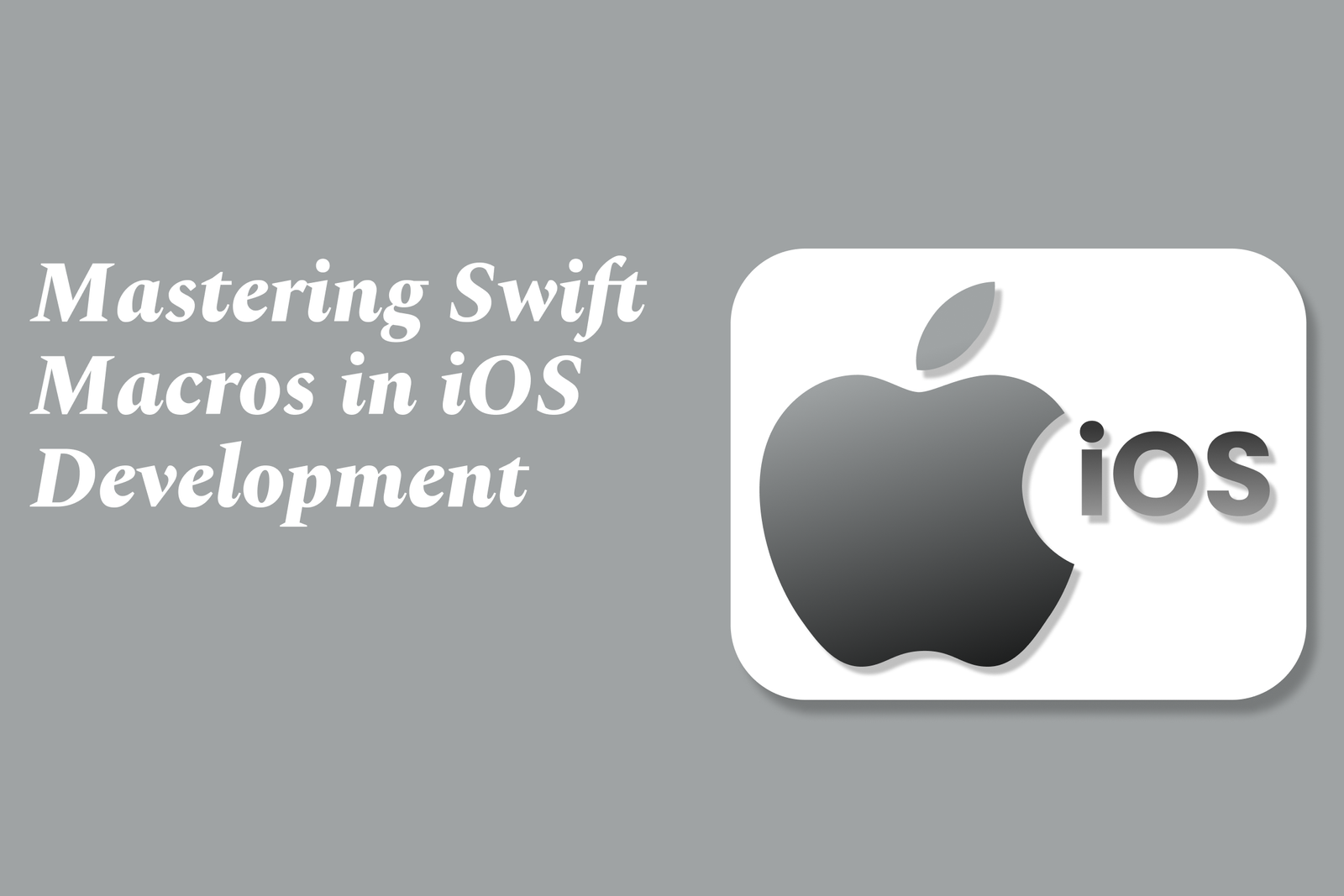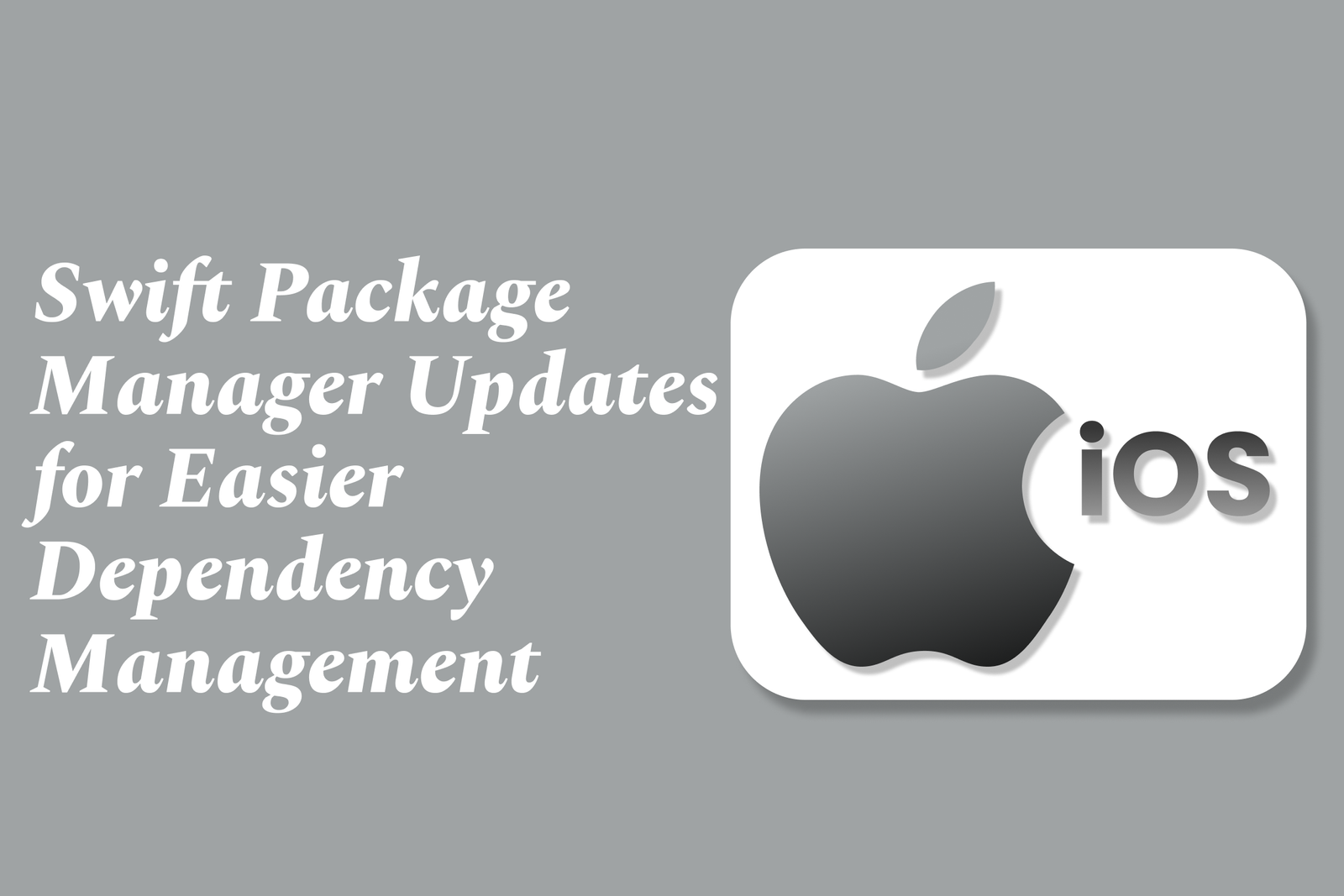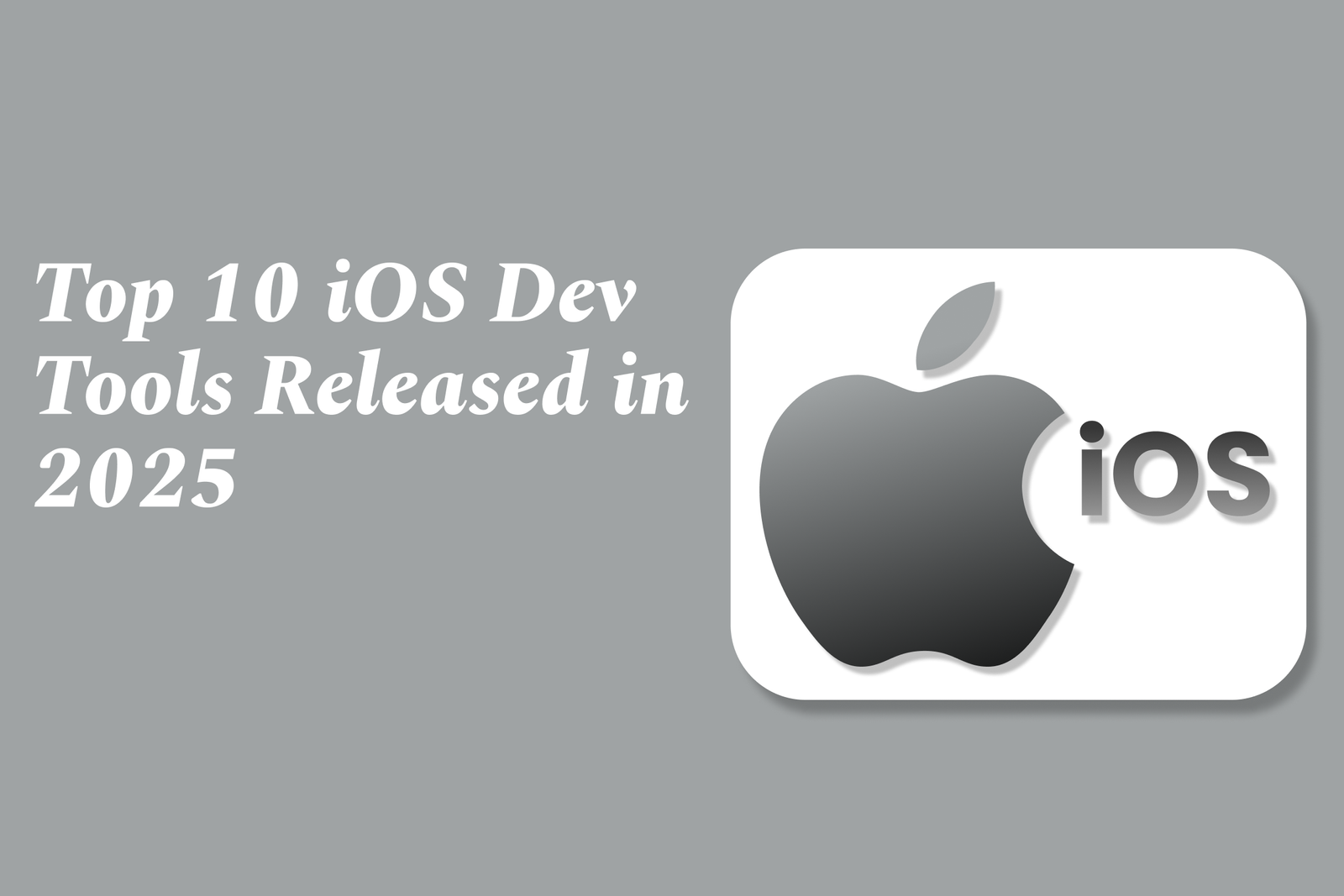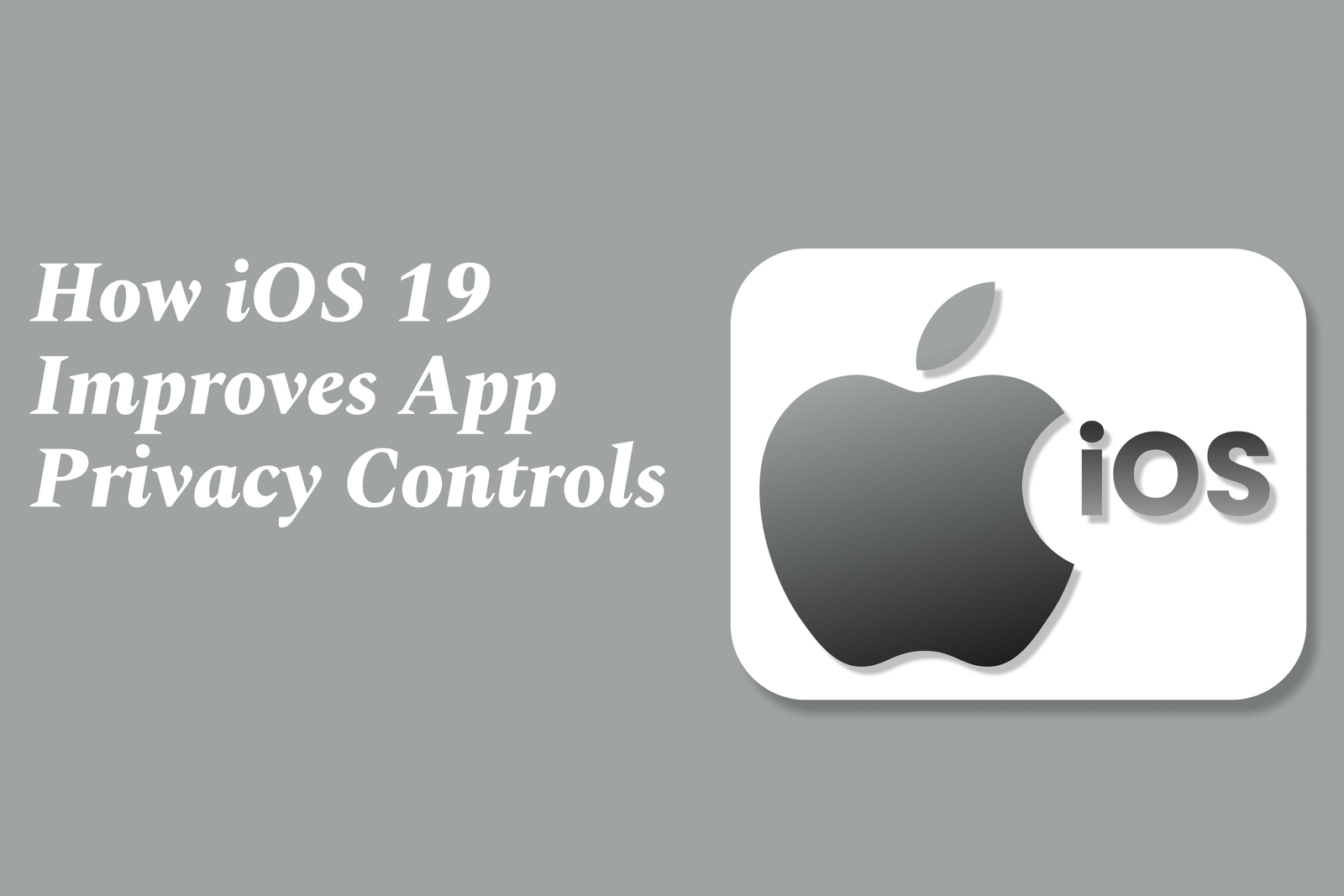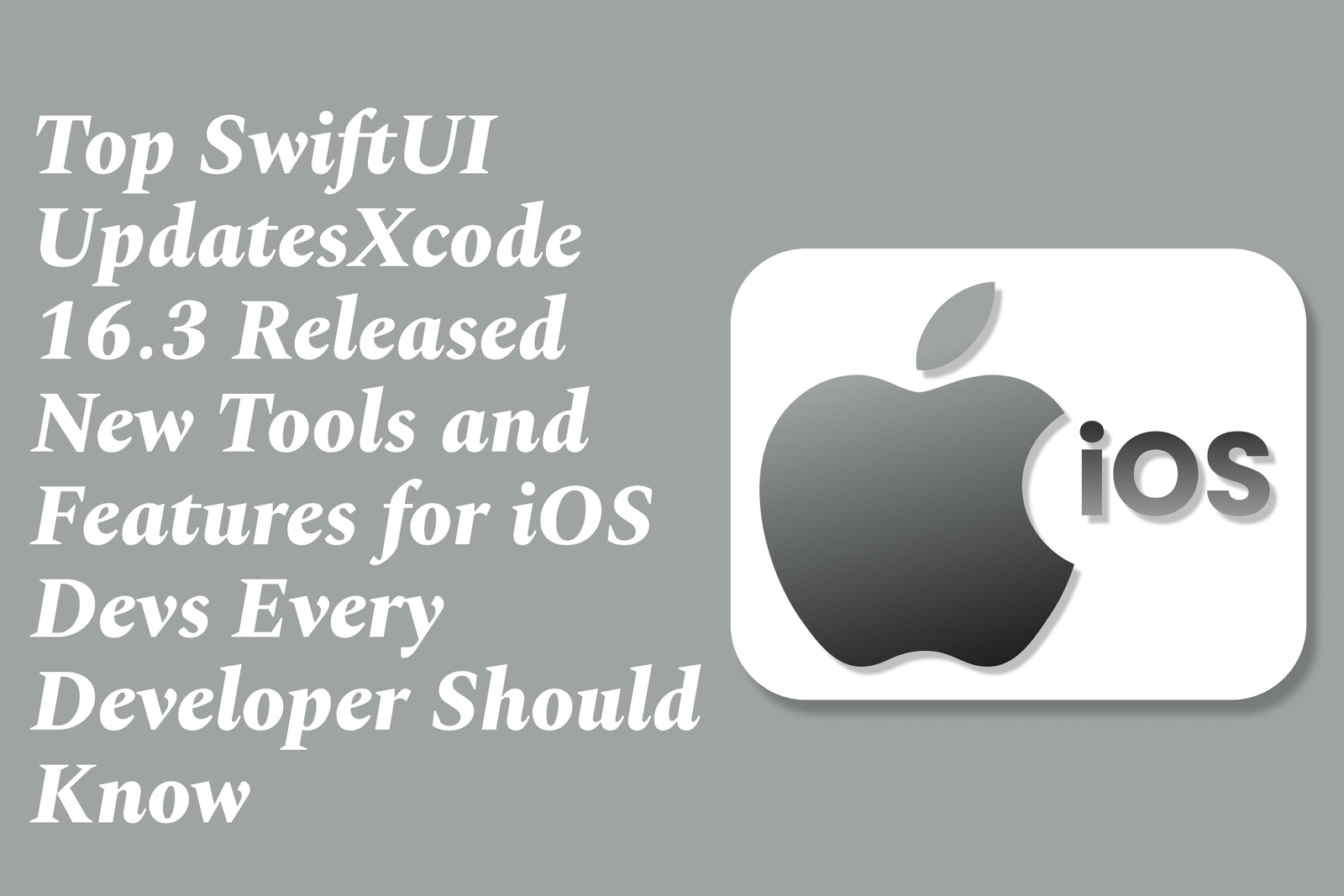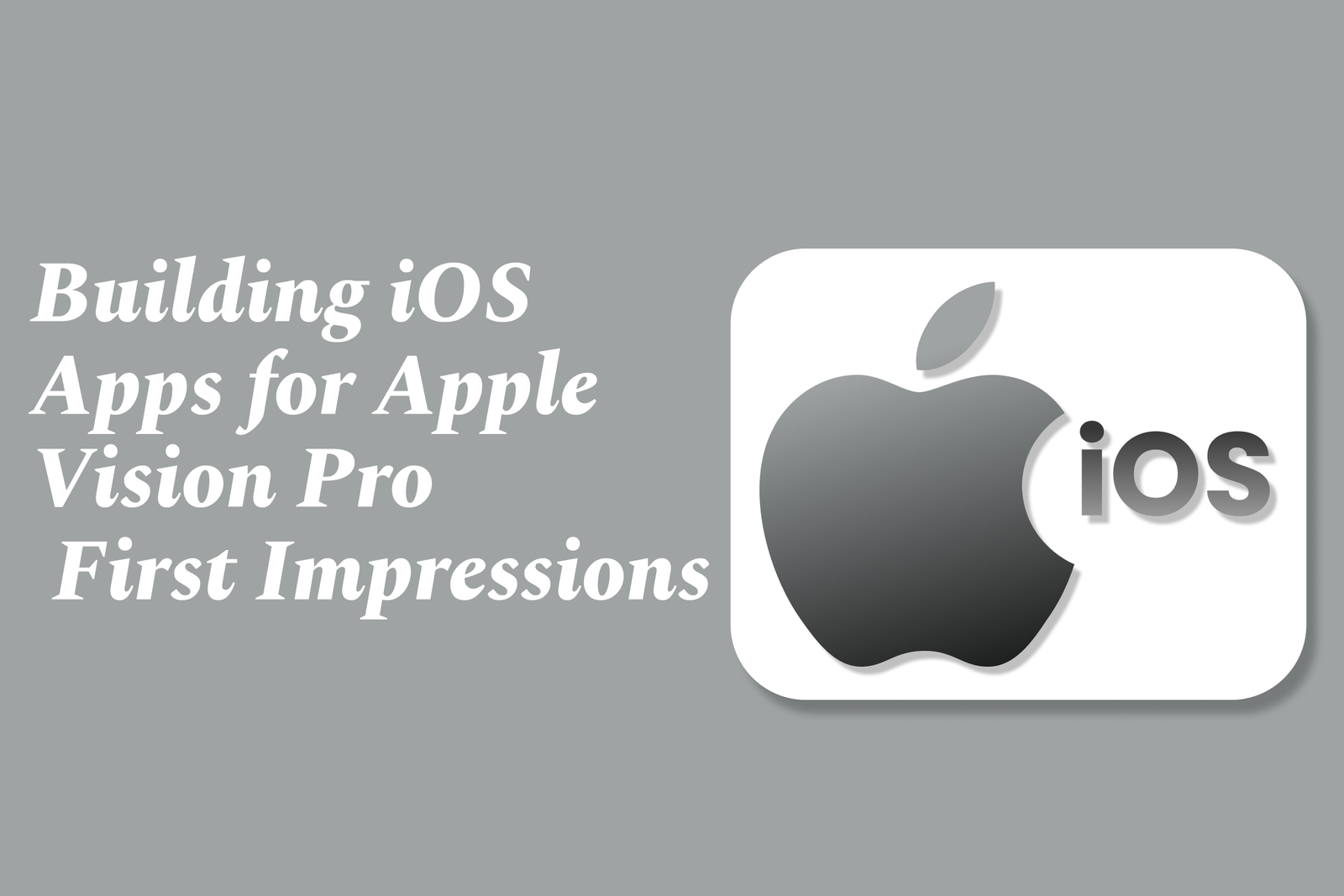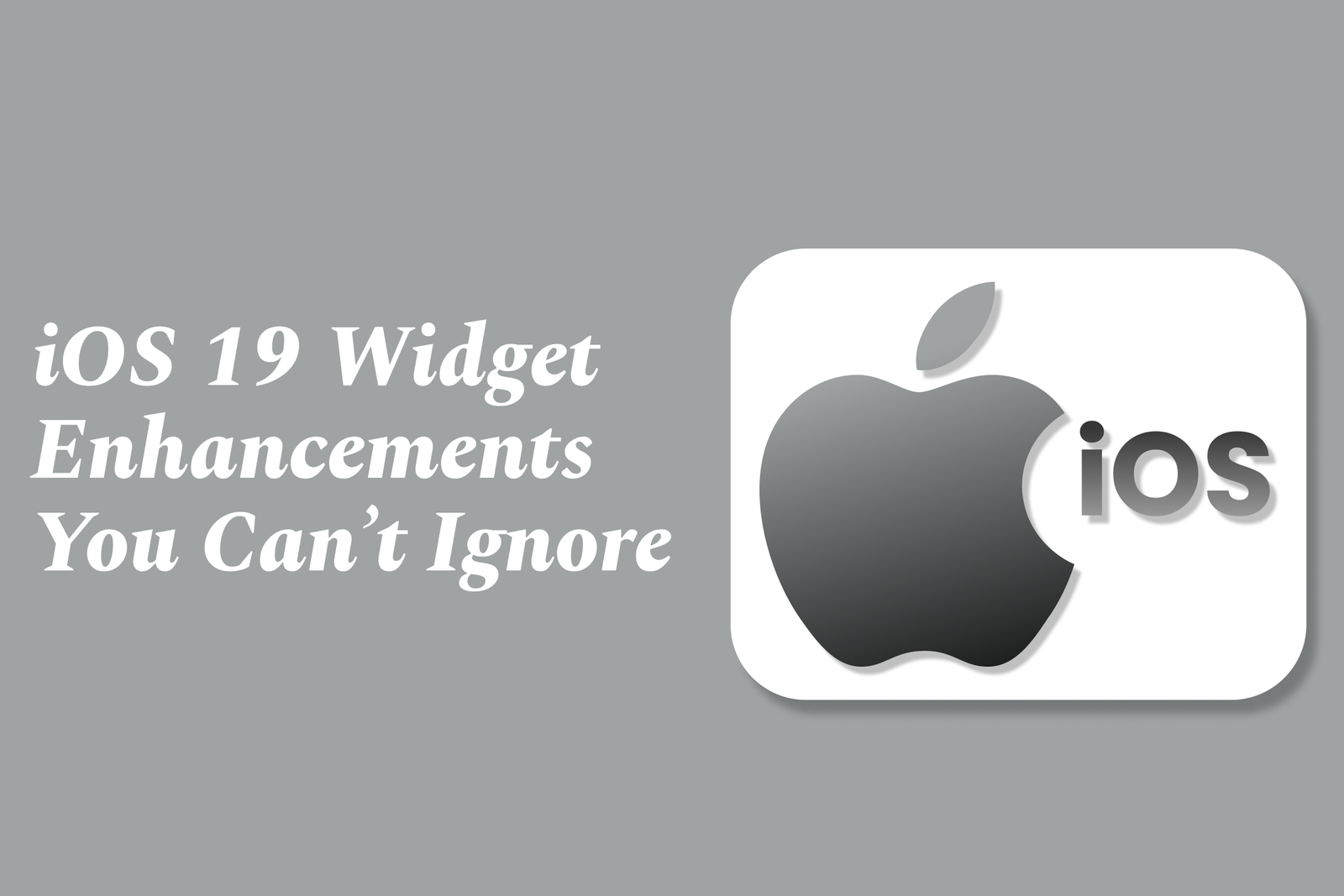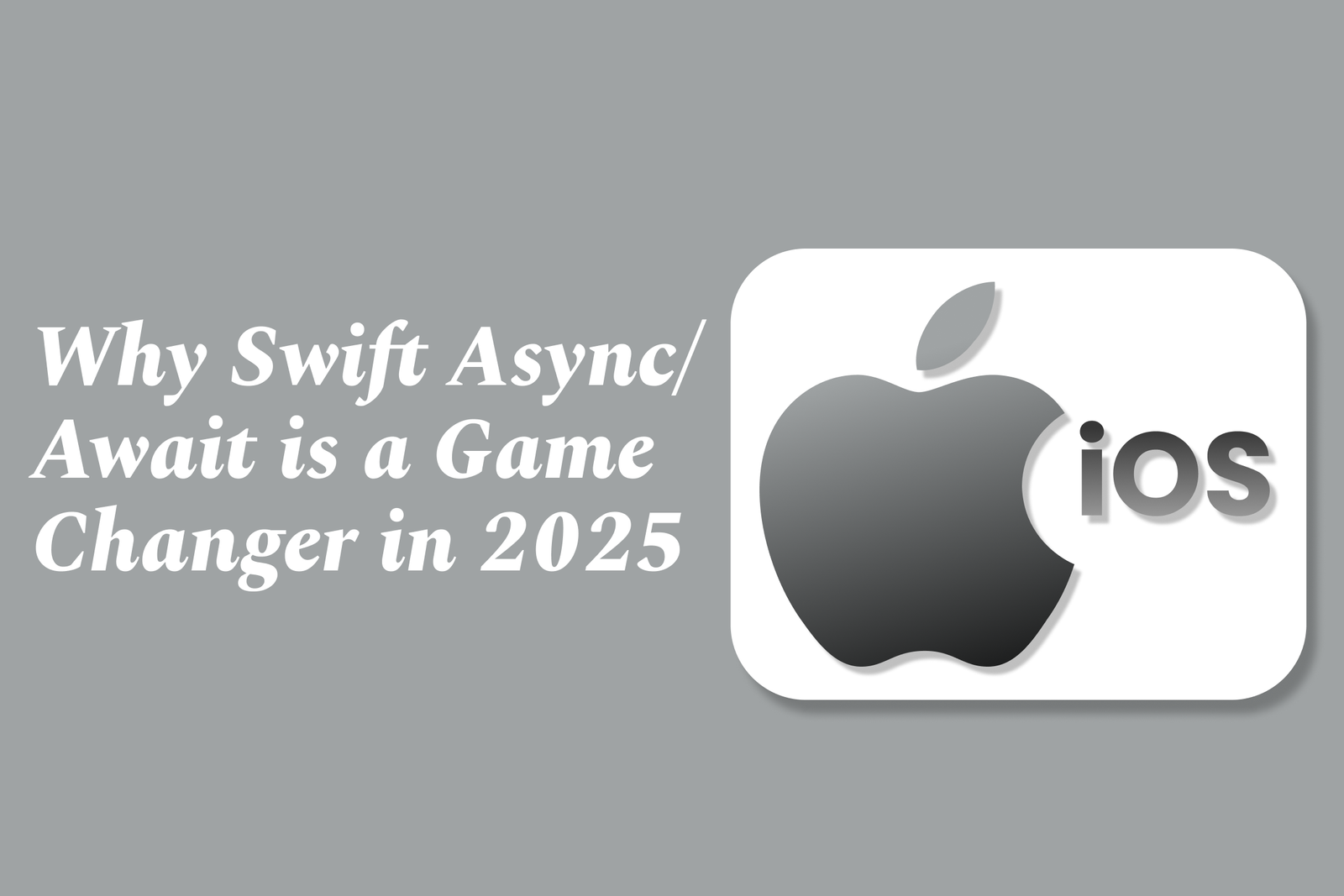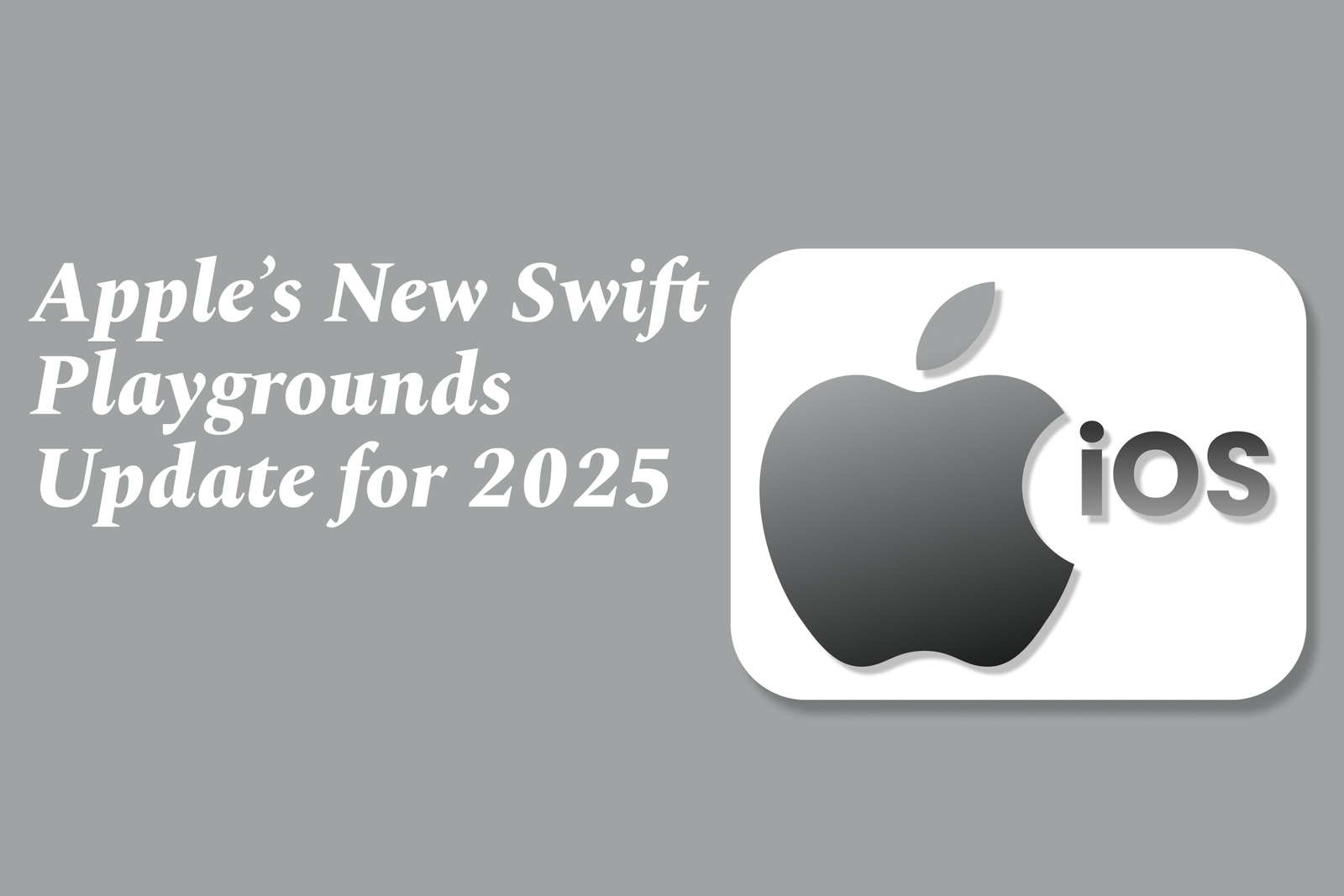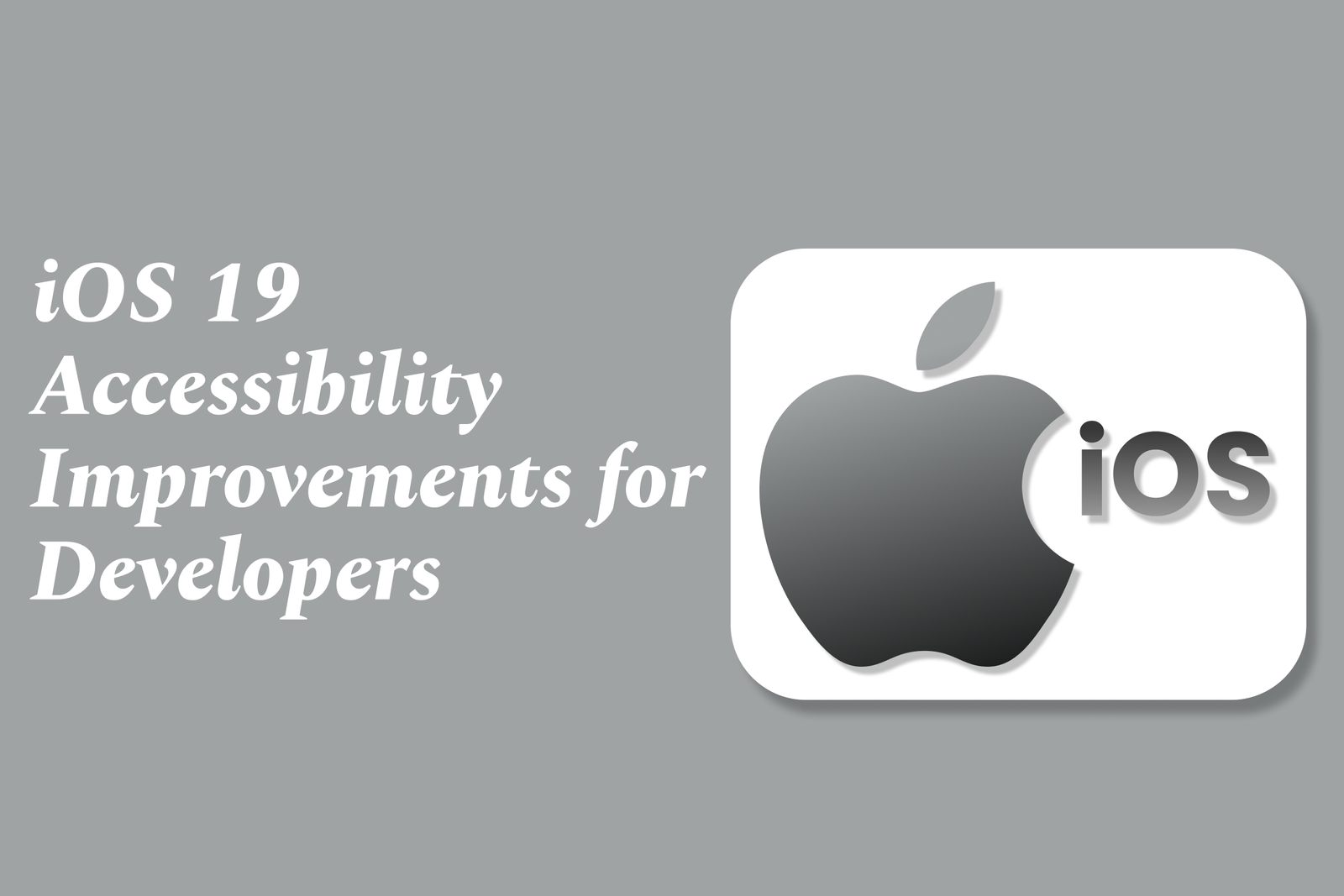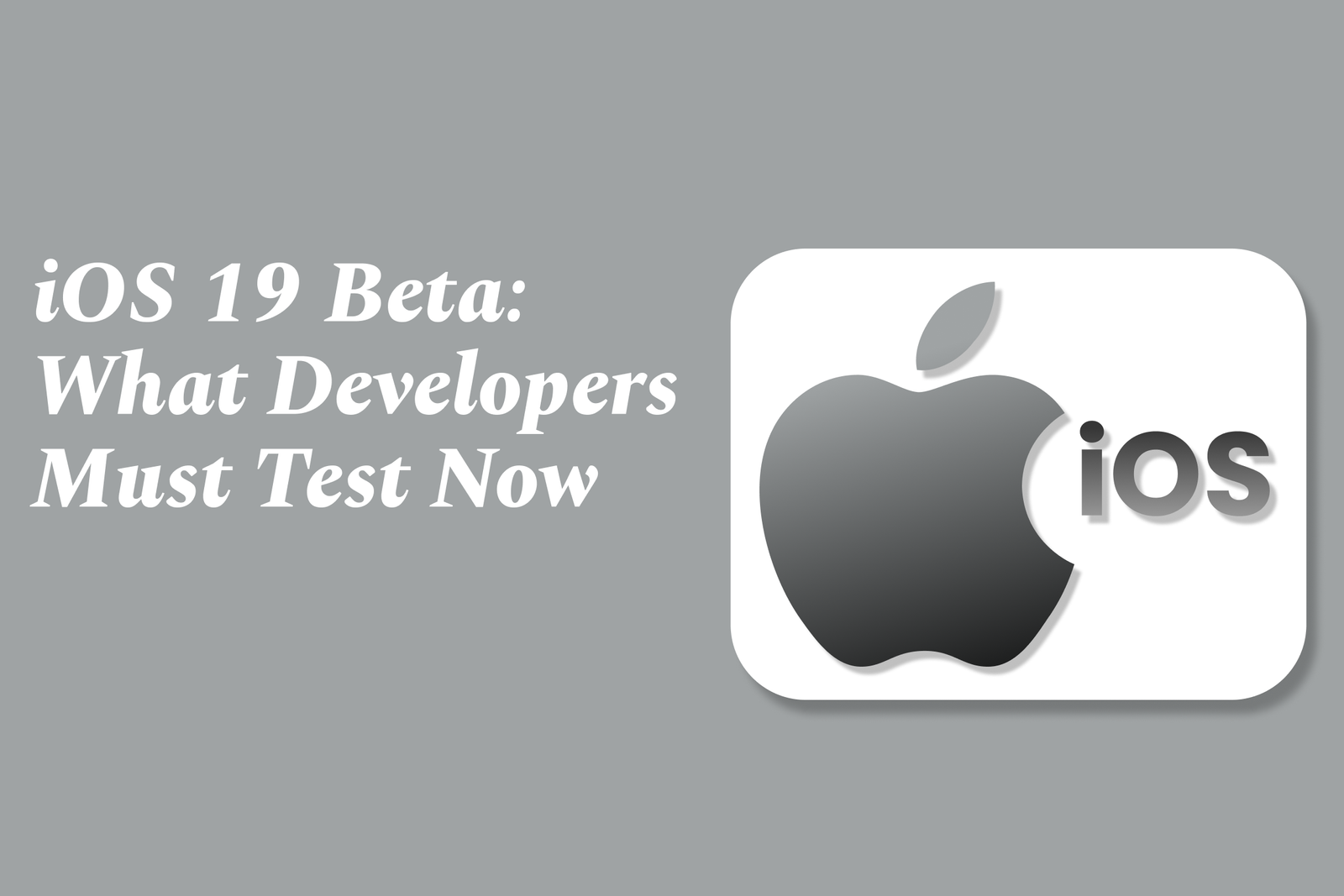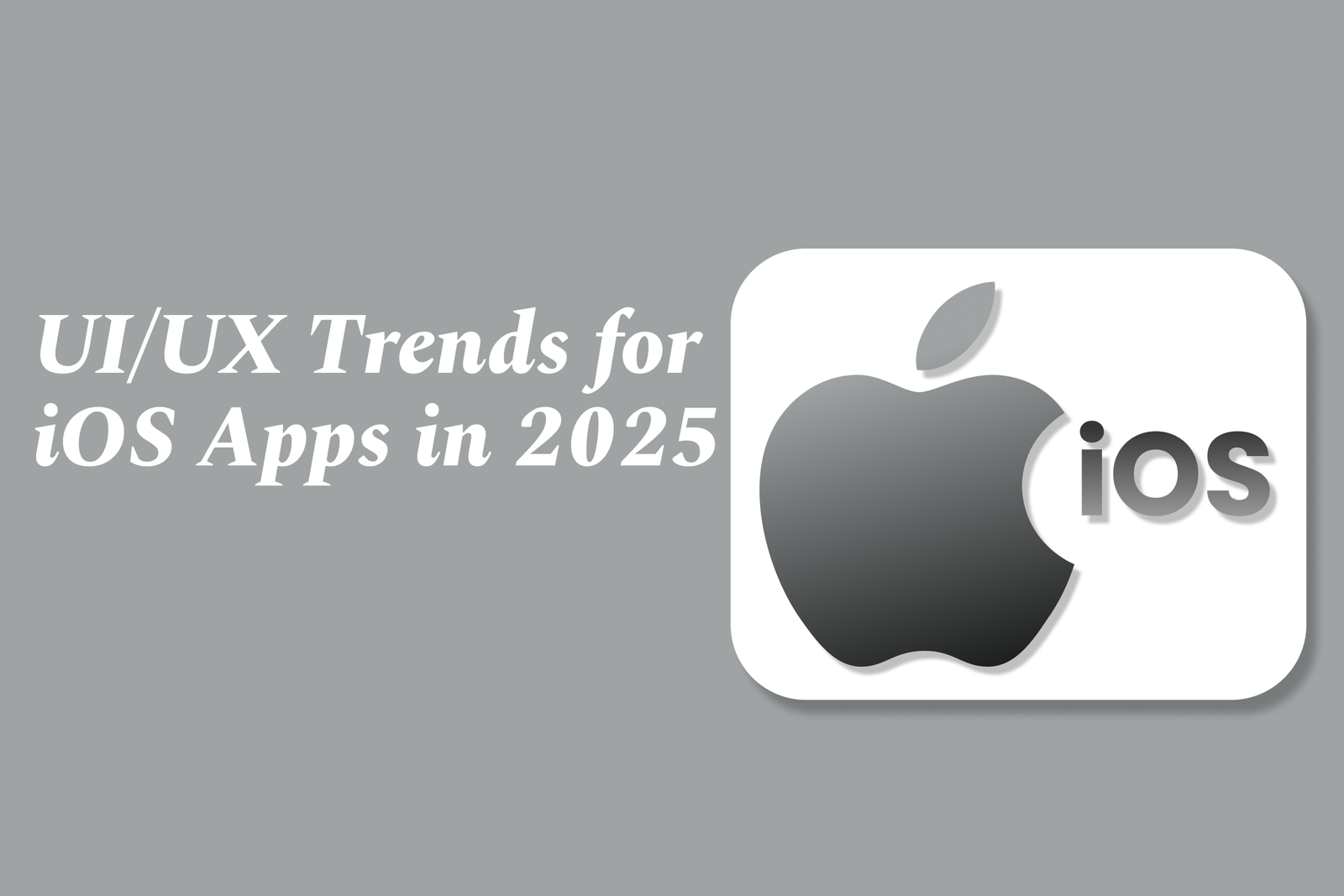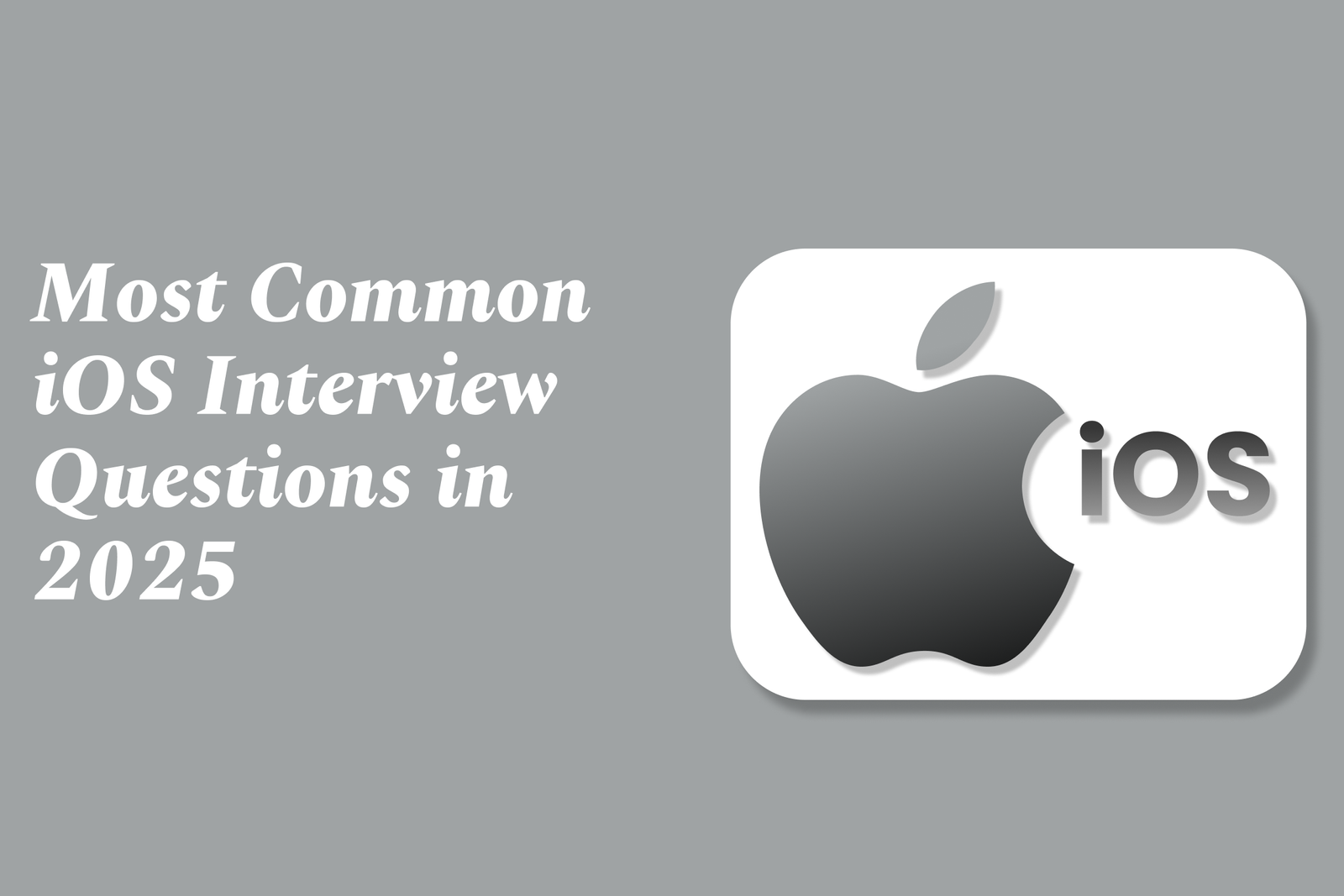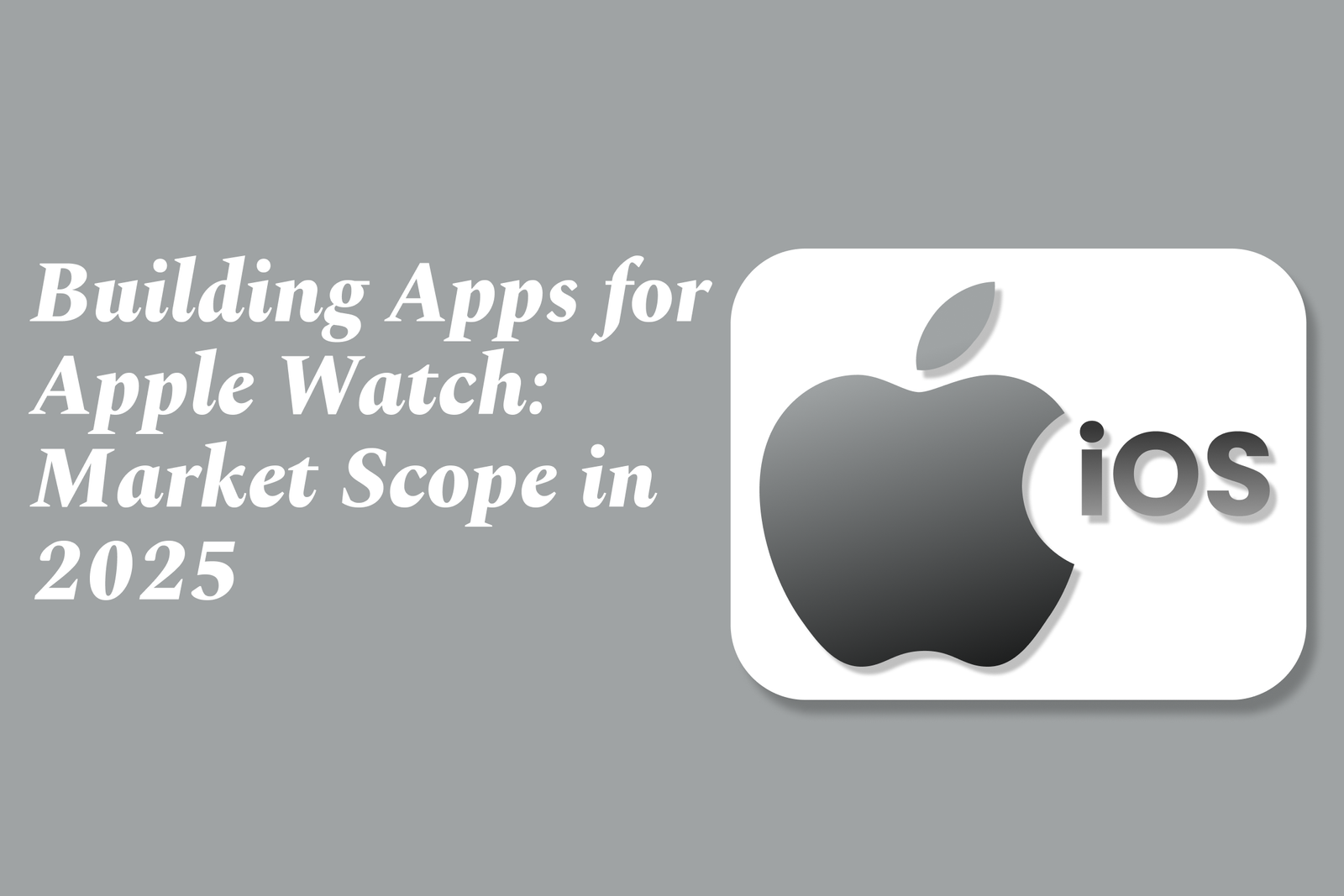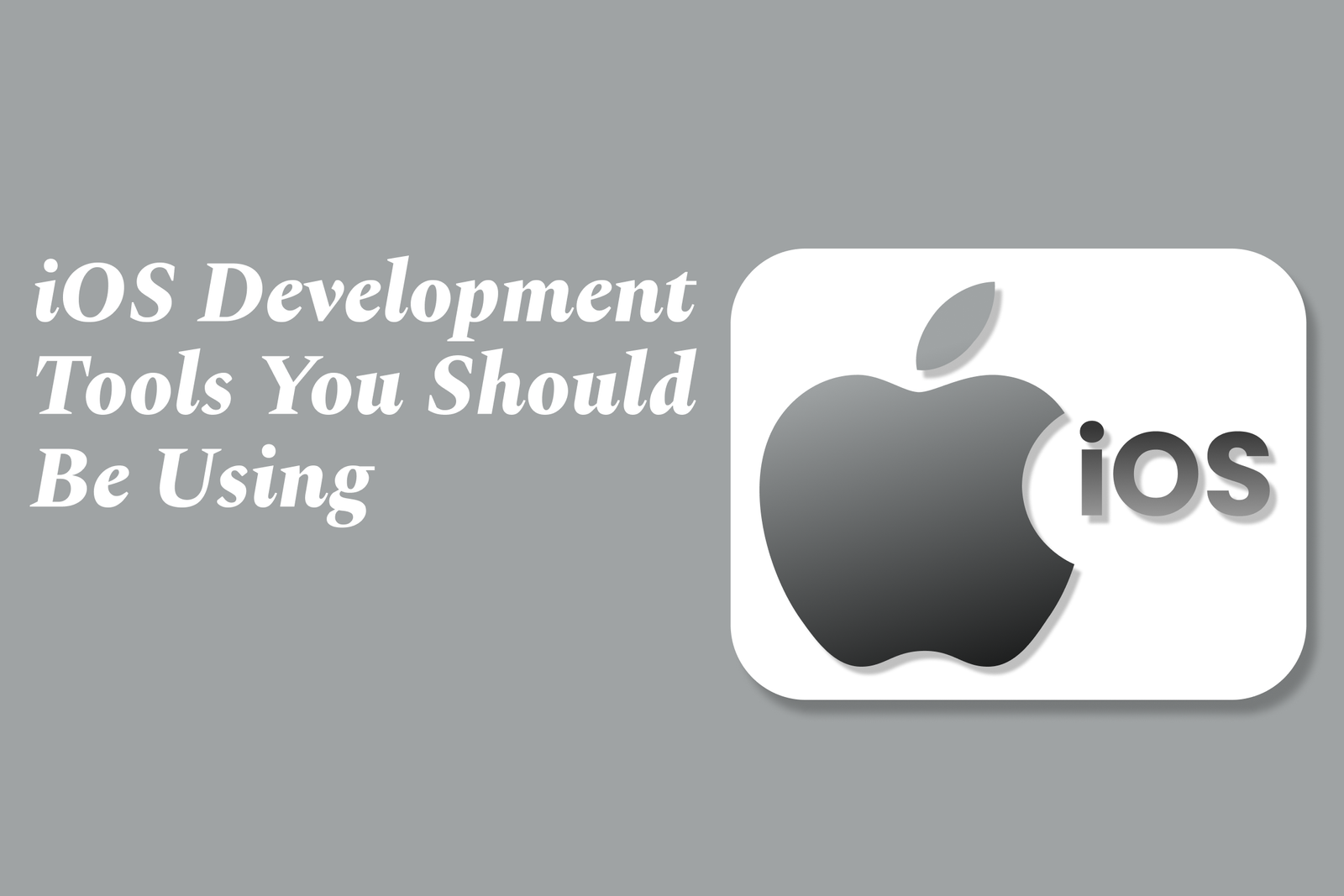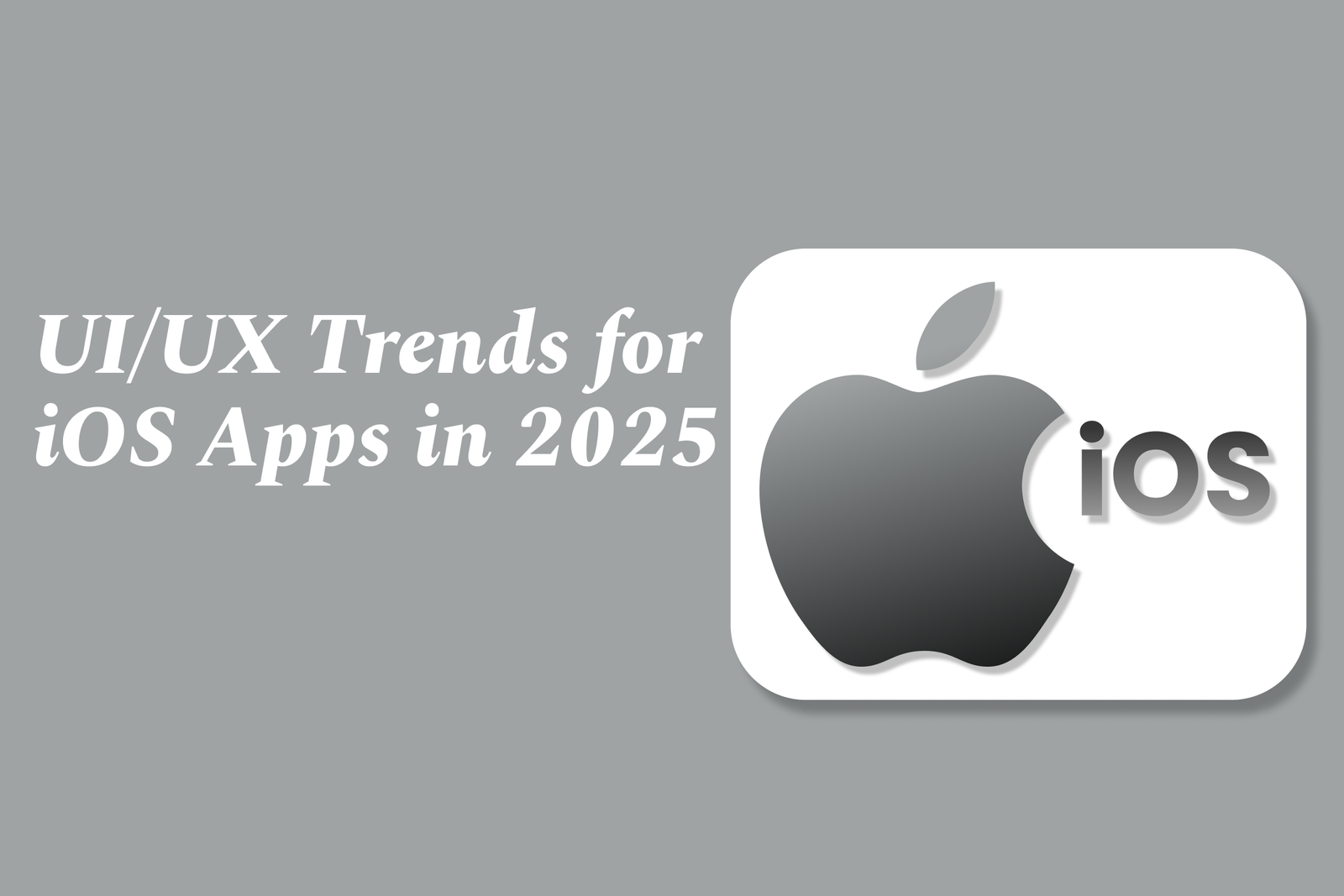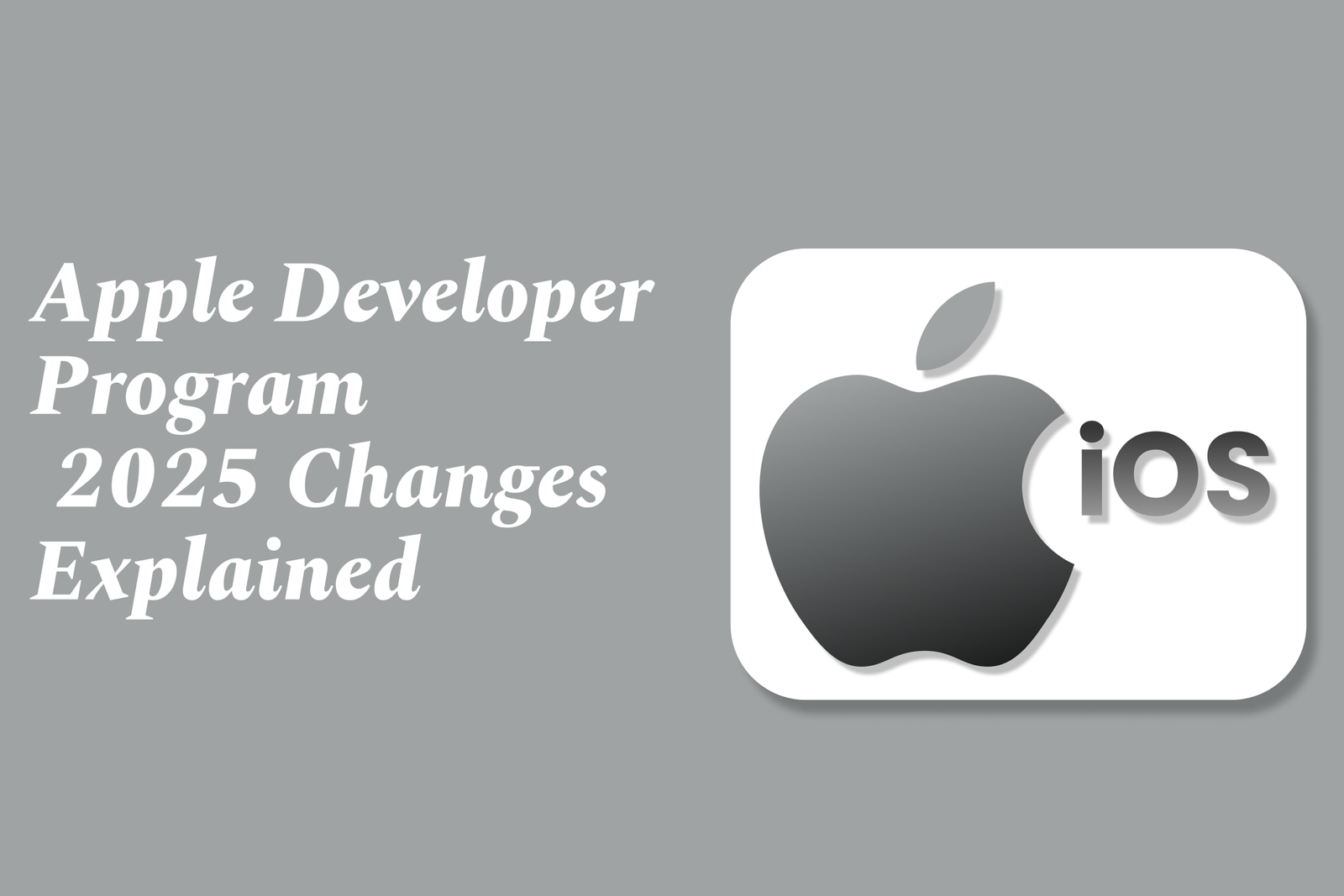How iOS 19 supports Ultra Wideband technology
iOS 19 enhances Ultra Wideband (UWB) technology support, enabling precise spatial awareness for hands-free unlocking of HomeKit smart locks. This allows seamless, secure device interactions based on proximity, paving the way for smarter, more intuitive home automation experiences.
Learn MoreMastering swift macros in iOS development
Mastering Swift Macros in iOS development means leveraging Swift’s compile-time code generation and checks to reduce boilerplate, catch errors early, and create expressive, safer APIs—enhancing both productivity and code quality in modern Swift projects.
Learn MoreSwift Concurrency Updates: WHAT TO EXPECT
Swift Concurrency updates enhance thread safety with improved actor isolation, stricter `@Sendable` enforcement, and clearer async-main thread handling via `@MainActor`. Expect better compiler checks, refined async testing tools, and resources shifting toward integrated video-text learning.
Learn MoreSwift Package Manager Updates for Easier Dependency Management
Swift Package Manager updates streamline dependency management by improving Xcode integration, speeding up package resolution, and enhancing support for remote and local packages, making it easier for developers to add, update, and maintain dependencies efficiently in Swift projects.
Learn MoreTop 10 iOS Dev Tools Released in 2025
Top 10 iOS dev tools of 2025 include Flutter and React Native for cross-platform apps, Kotlin Multiplatform for shared code, Xcode 17 and Swift Playgrounds for development, VisionOS SDK for AR/VR, Core ML 4 for AI, SwiftUI 4 for UI, BrowserStack for testing, and updated App Store ratings.
Learn MoreHow iOS 19 Improves app privacy controls
iOS 19 enhances app privacy controls by giving users more precise management over app tracking and permissions, improving transparency, and strengthening default protections. It empowers users to control how apps access their data, ensuring greater security and privacy.
Learn MoreXcode 16.3 Released: New Tools and Features for iOS Devs
Xcode 16.3 introduces AI-powered code completions, enhanced SwiftUI and UIKit previews, and improved simulator features, boosting productivity for iOS developers. It also addresses compatibility updates, enabling smoother app development on the latest Apple platforms.
Learn MoreBuilding iOS Apps for Apple Vision Pro: First Impressions
Building iOS apps for Apple Vision Pro introduces developers to a spatial computing platform combining eye tracking, hand gestures, and immersive UI. Early impressions highlight its intuitive controls and immersive experience, opening new possibilities despite current hardware and price challenges.
Learn MoreIOS 19 Widget Enhancements You Can?T Ignore
iOS 19 introduces powerful widget enhancements, including customizable sizes, interactive Smart Stacks, and seamless home screen integration. These upgrades boost usability, personalization, and third-party support, transforming how users engage with widgets daily.
Learn MoreWhy Swift Async/Await Is a Game Changer in 2025
Swift’s async/await in 2025 revolutionizes asynchronous coding by simplifying complex callbacks into clear, readable syntax. It boosts performance with structured concurrency, reduces boilerplate, and enhances error handling—making Swift development faster, safer, and more efficient.
Learn MoreApple?S New Swift Playgrounds Update For 2025
Apple’s Swift Playgrounds 2025 update introduces a revamped tab bar API with a new `Tab(){}` syntax, enhancing app navigation. It continues to support interactive coding education and integrates advanced AI models, empowering developers with modern tools on Apple devices.
Learn MoreTop SwiftUI Updates Every Developer Should Know
Top SwiftUI updates include simplified app icon management, enhanced Swift Charts for versatile data visualization, a proposed Xcode Streamer Mode for secure code sharing, and ongoing efforts for better app modularization and a modern CoreData replacement—boosting developer efficiency and creativity.
Learn MoreIOS 19 accessibility improvements for developers
iOS 19 enhances accessibility with new APIs and features like expanded Voice Control languages, Assistive Access for Apple TV, improved CarPlay sound recognition, and personalized voice creation, empowering developers to build more inclusive, user-friendly apps for diverse abilities.
Learn MoreiOS 19 beta: What developers must test now
iOS 19 Beta offers developers early access to new features and APIs, enabling them to test app compatibility, performance, UI updates, and privacy compliance. Early testing ensures apps run smoothly and leverage iOS 19 enhancements before the official release.
Learn MoreiOS app monetization strategies that work
iOS app monetization strategies that work include in-app purchases, subscriptions, and targeted ads. Combining these approaches lets developers maximize revenue while ensuring a seamless user experience, turning downloads and engagement into sustainable profits.
Learn MoreSwift 6.1 preview: Exciting features coming soon
Swift 6.1 preview introduces enhanced concurrency features, precise typed error handling, and improved data-race safety controls. It also expands support for non-copyable types and synchronization primitives, making Swift safer and more efficient for modern, concurrent programming.
Learn MoreMost common iOS interview questions in 2025
Most common iOS interview questions in 2025 focus on Swift programming, UIKit vs. SwiftUI, concurrency, networking, data persistence, app architecture, debugging, and testing to assess candidates’ skills in building efficient, scalable, and modern iOS applications.
Learn MoreBuilding apps for Apple Watch: Market scope in 2025
Building apps for Apple Watch in 2025 offers promising market potential as user demand grows. Developers must blend traditional tools like Xcode with AI-assisted coding to overcome challenges, creating innovative, efficient apps that leverage watchOS features and expand the smartwatch ecosystem.
Learn MoreiOS development tools you should be using
iOS development tools are essential software and frameworks like Xcode, Swift, SwiftUI, and CocoaPods that help developers design, build, test, and deploy apps for Apple devices efficiently, enabling seamless creation of high-quality mobile applications.
Learn MoreUI/UX trends for iOS apps in 2025
UI/UX trends for iOS apps in 2025 focus on AI-driven personalization, immersive AR/VR experiences, dynamic visuals with bold colors and subtle depth, purposeful motion design, and enhanced accessibility—creating smarter, more intuitive, and highly adaptive user interfaces.
Learn MoreApple Developer Program: 2025 Changes Explained
The Apple Developer Program 2025 updates introduce refined age ratings, enhanced privacy and data policies, and revised guidelines for new APIs and features. These changes aim to improve app safety, compliance, and user experience across all Apple platforms.
Learn More
